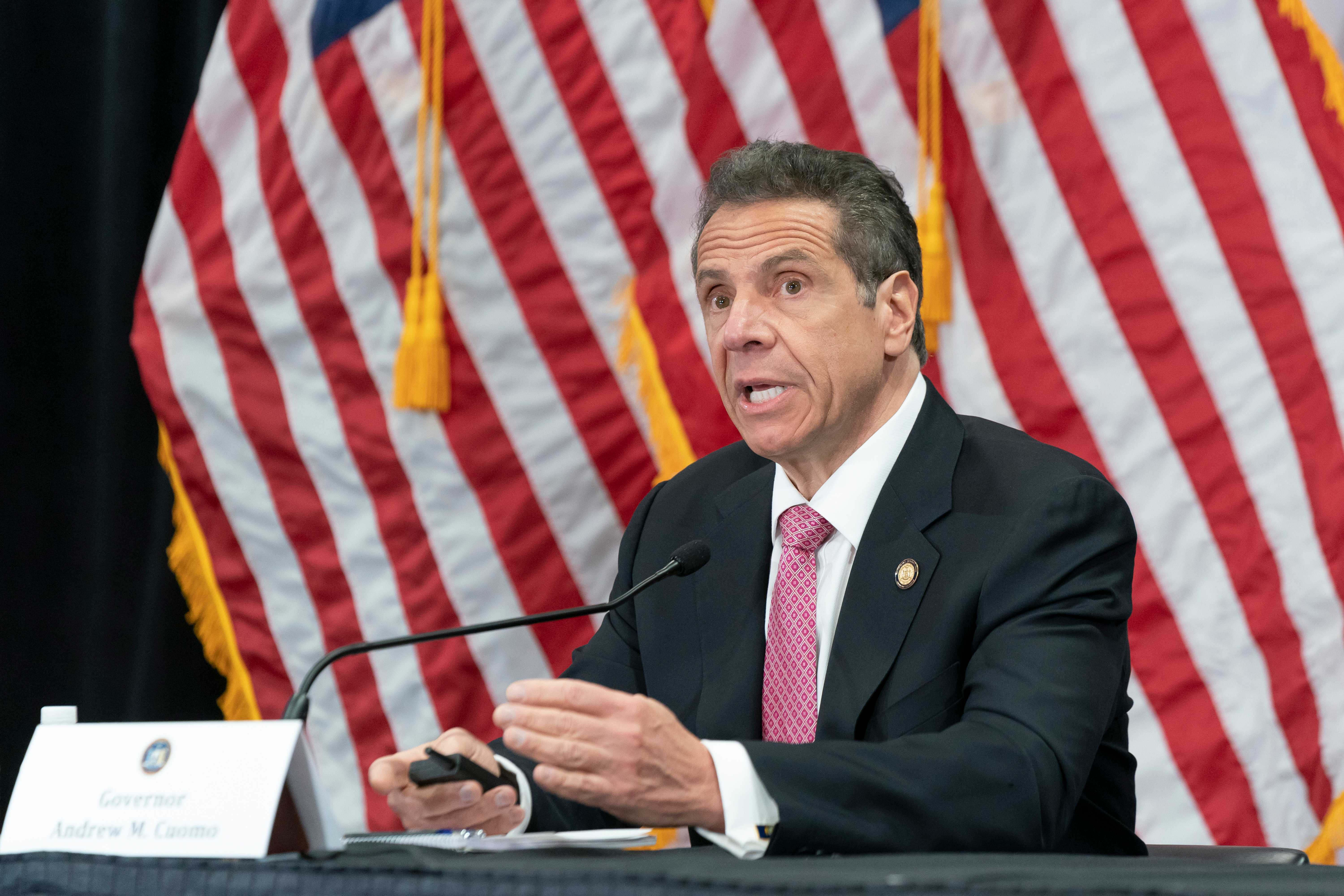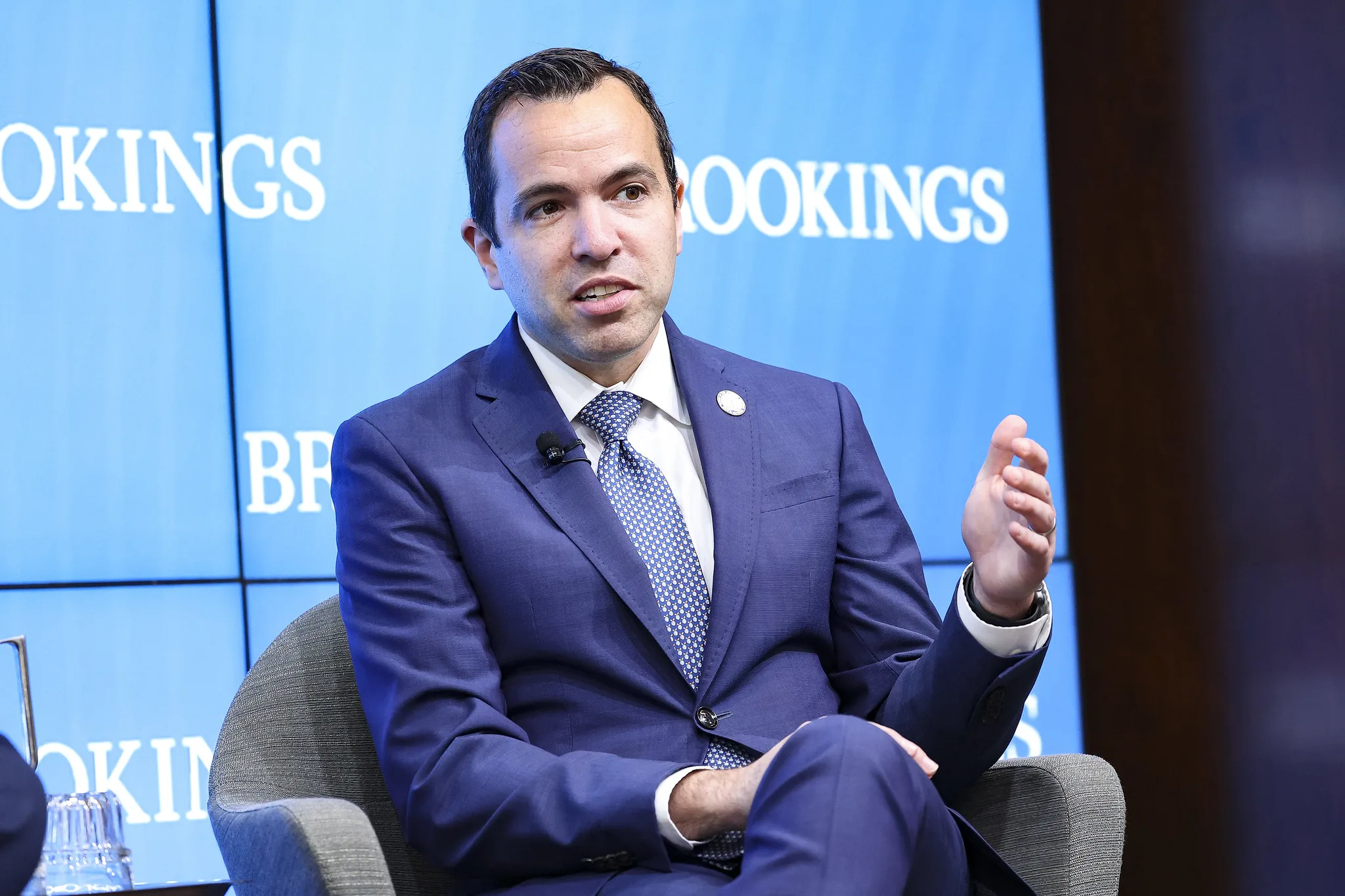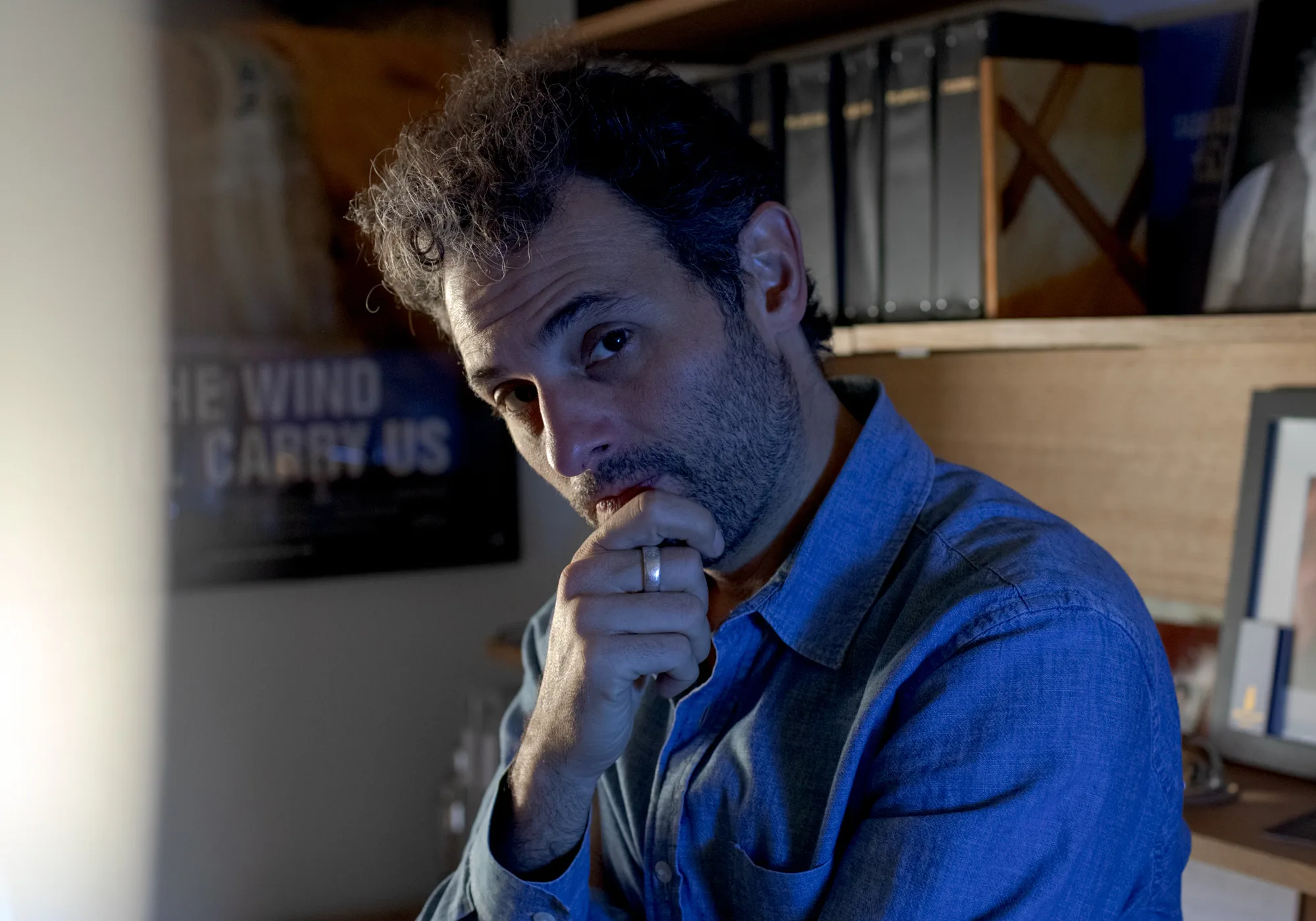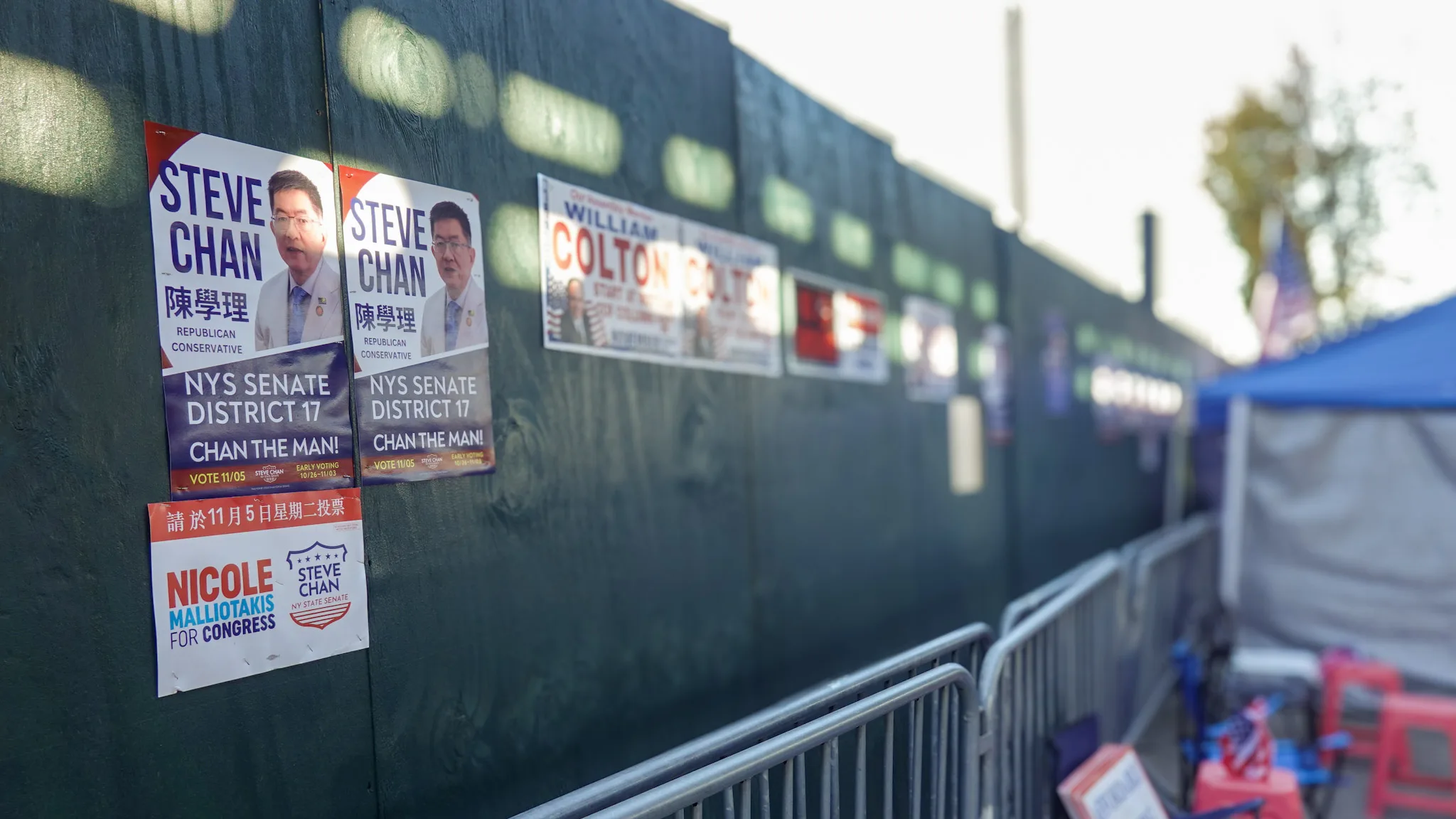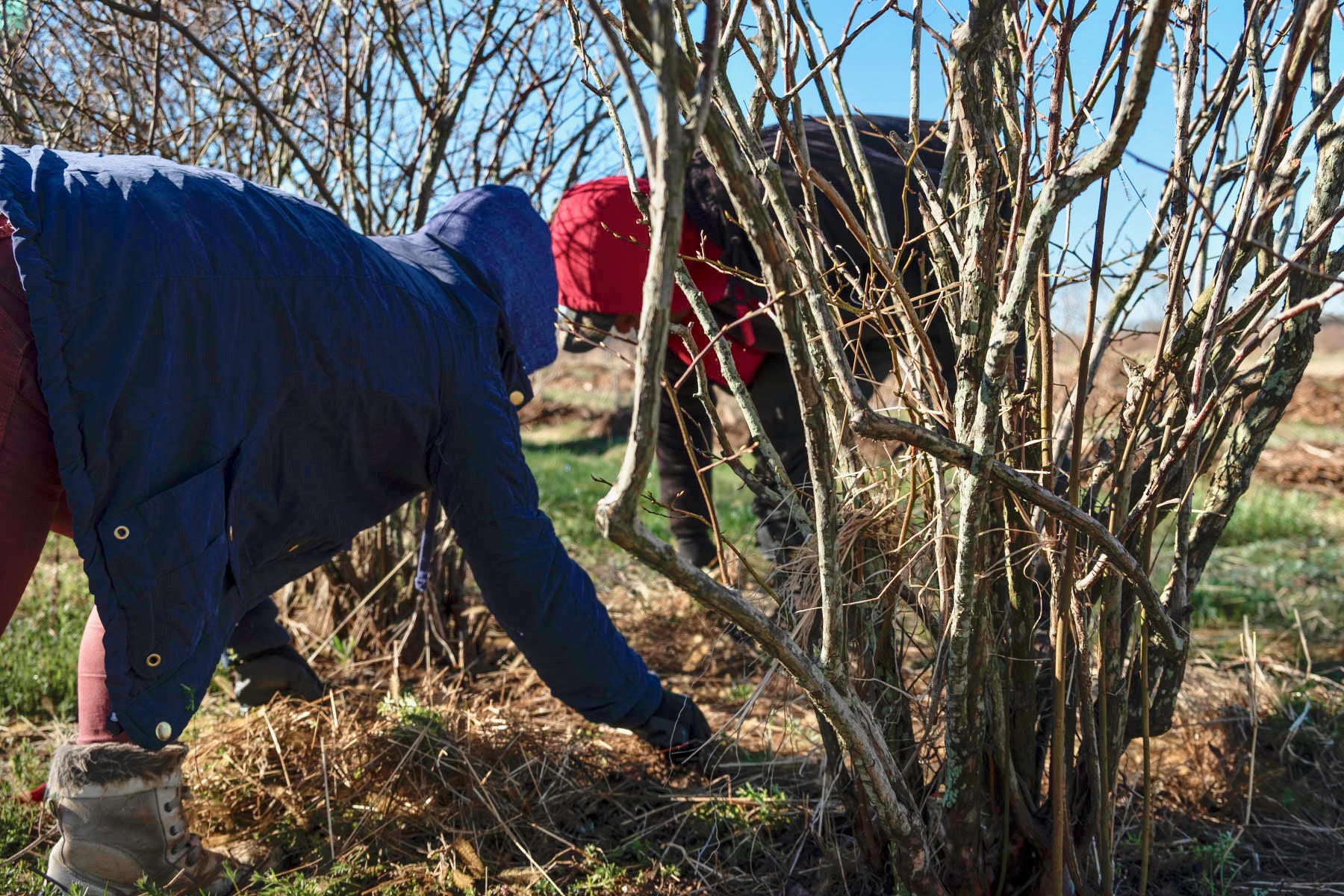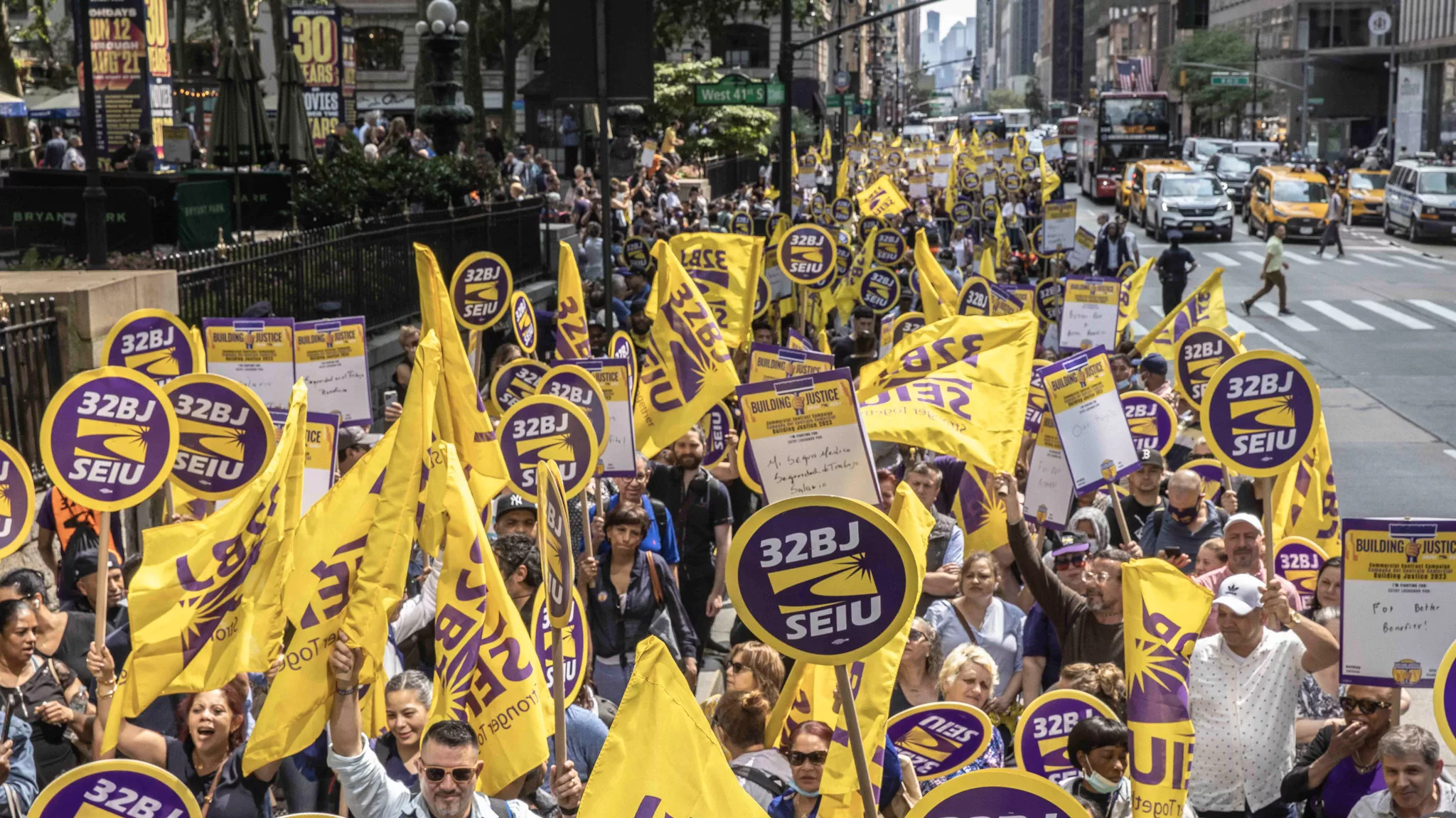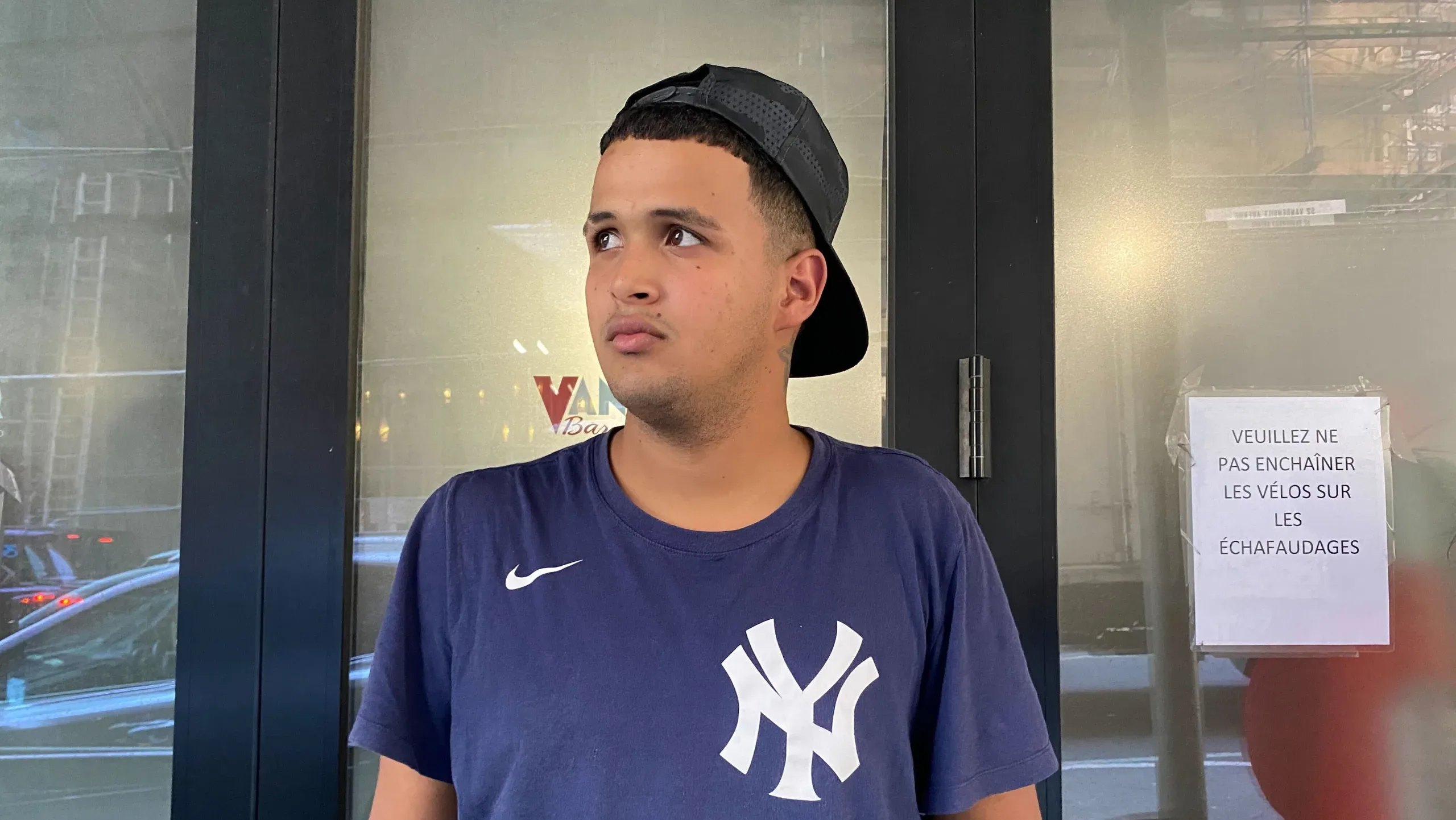For the past three years, Catherine Valdez spent every day with the possibility of deportation looming over her life. An unexpected pardon from Governor Andrew Cuomo changed everything.
A single mother of four, Valdez, 35, came to the United States from the Dominican Republic when she was about five years old. She settled in the Bronx and always loved dancing and spending time with her family. At the age of 16, she was out with friends when another person in the group attempted to rob someone, she said. Though Valdez maintains she was not involved in the robbery directly, she was charged because she was present as the situation unfolded, she said.
Valdez, who has a green card, could not afford a reliable lawyer to help her, she said, and didn’t have enough knowledge of the law at the time to comprehend how a guilty plea would affect her life and immigration status later in life.
“If I would have thought that that would have followed me all the way down here, I would have fought that day,” she said about the conviction. “If we would have known a little more about the law, I would have never plead guilty for it. That never would have happened.”
Then when Valdez applied for citizenship in 2018, the 2002 conviction for robbery came back to haunt her — threatening her chances to remain in the only country she has known as an adult. ICE arrested her as she showed up to bring documents for her citizenship application, and the agency initiated proceedings to deport her.
When she was at home sick with a bad cold on August 17, she got a call. She didn’t recognize the number and almost didn’t answer, thinking it was a scammer. But on the other line was her attorney. She had been granted the pardon, he told her.
“My whole world just went on mute,” Valdez said. “There’s really no words for the feeling.”
When activists heard the news that Cuomo would be resigning after an investigation from the attorney general’s office found that he sexually harassed several women, they ramped up their advocacy efforts in a bid to gain pardons — particularly for immigrants with criminal records that could subject them to deportation. They created petitions. They pushed out social media campaigns. They urged various community members to email the Governor’s office.
Also read: Chaotic Reopening of Immigration Courts Make New York Immigrants Fear Deportations
“It’s far from your standard situation in terms of the governor leaving office,” said Jane Shim, a senior policy attorney at the Immigrant Defense Project. “We had to see what was possible.”
The week before he left office, Cuomo pardoned five immigrants facing potential deportation, including Valdez. Those pardoned, along with their supporters, rejoiced at the victory. For many immigrants with criminal convictions, a pardon can give them the opportunity to stay in the United States.
But immigration advocates still worry that the clemency process lacks transparency. Organizations often wait for months — even years — for updates on application status and often don’t get an official denial if the pardon is not granted, Shim said. It’s been a learning curve to figure out what tactics potentially lead to a successful pardon, she said.
Former Gov. Cuomo pardoned five immigrants in the week before he left office, giving them the chance to remain in the United States. Three of the immigrants Cuomo pardoned were described in the release by his office as accomplished community-oriented individuals, all of whom had been convicted of attempted criminal sale of a controlled substance or possession at least two decades ago. All five pardoned have built strong roots in the United States.
Immigration policing has become deeply intertwined with the way local law enforcement operates, and legislation has made it so that making contact with police has become one of the primary pipelines towards deportation, Shim said. “In particular for people in New York and communities of color that have a lot of over policing in their neighborhoods,” she said. “That’s a well-oiled data-sharing and collaborative pipeline.”
While even limited interactions with local law enforcement can have drastic consequences on someone’s immigration status, the somewhat amorphous pardon system is often the single option for immigrants facing almost-certain deportation to stay in the United States. But for such an essential role that a pardon could play in an immigrant’s life, advocates say they still don’t have a clear read on when a pardon is granted — and when it’s not.
“When it comes right down to it, you have no idea how much time it’s going to take, when they might reach a decision, when they’re doing a review,” said Stacy Caplow, a Professor of Law & Associate Dean of Experiential Education at Brooklyn Law School, who who runs a clinic specializing in clemency and pardons. “You sort of throw [the application] in and hope.”
Valdez had no inkling that a pardon was in the works. She had spent scores of time and energy gathering application materials and asking for references and letters of support from her family, friends and her church — but hadn’t heard an update for months, she said.
“I have everybody here,” she said about the United States. “It would have been really, really hard for me to start over there, me knowing only the United States as home.”
Under the Trump administration, U.S. Citizenship and Immigration Services actively referred individuals to ICE. Valdez could have lost her green card and been deported since the conviction is a permanent bar to almost every type of immigration relief, Shim said.
“Catherine’s case is not exceptional — we have heard from many, many people who thought they were eligible for citizenship and applied, inadvertently triggering their own deportations,” Shim said.
Cuomo also pardoned James Pamphile, a 44-year-old man from Haiti, who advocates say faced physical and sexual abuse because of his sexual orientation. Pamphile is HIV-positive, and his supporters said that a return to Haiti would put him at medical risk. He was convicted of first-degree bail jumping and first-degree attempted assault in 2013, and third-degree assault in 2011. Pamphile’s application was submitted in 2019, and his supporters heard little about the status of his pardon until it was granted.
The pardon application machine is still a learning process, Shim noted. At IDP, the organization has recently invested in creating more application guidance documents, and is constantly reaching out to officials in the Governor’s administration to bring as many names for pardons to the attention of leaders as they can.
“The actual who gets granted and why is still a big mystery,” Shim said. “In New York, it’s very ad hoc and kind of unpredictable.”
From 2019 to 2021, Cuomo pardoned 49 people, only 4 percent of the total 1,079 applications according to data from the New York State Department of Corrections and Community Supervision.
Caplow, the Brooklyn Law School Professor, has noticed in applications she has worked on that a pardon may depend on the stage of immigration proceedings an applicant is in. If someone is close to being deported, it seems that the pardon will be reviewed quickly, Caplow said. “The more urgent, the more likely they’ll look at it more promptly,” she said. “That doesn’t mean they’re going to grant it.”
Valdez can now look forward to a life without the threat of being removed from the country. Now, Shim said, the pardon has erased her conviction under immigration law. Valdez can keep her green card and move to close her immigration case — and can even become a citizen one day.
Valdez dreams of becoming a nurse, she said. In the meantime, she has worked as a professional caregiver and earned a Personal Care Assistant certificate. She had spent years agonizing over what the outcome of the pardon application would be — now, she can finally pursue a forward-looking life for herself and her children, without the threat of deportation hanging over them.
“Thank God…I’m able to stay here with my kids,” Valdez said. “It was a lot, all these years. It was a lot.”
